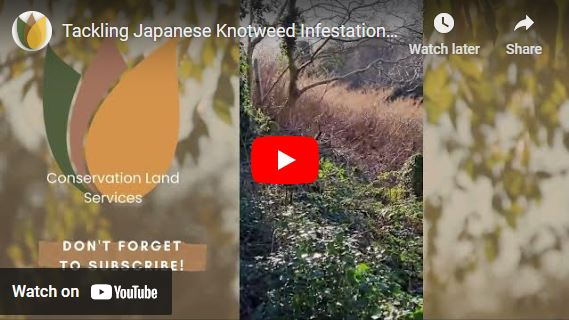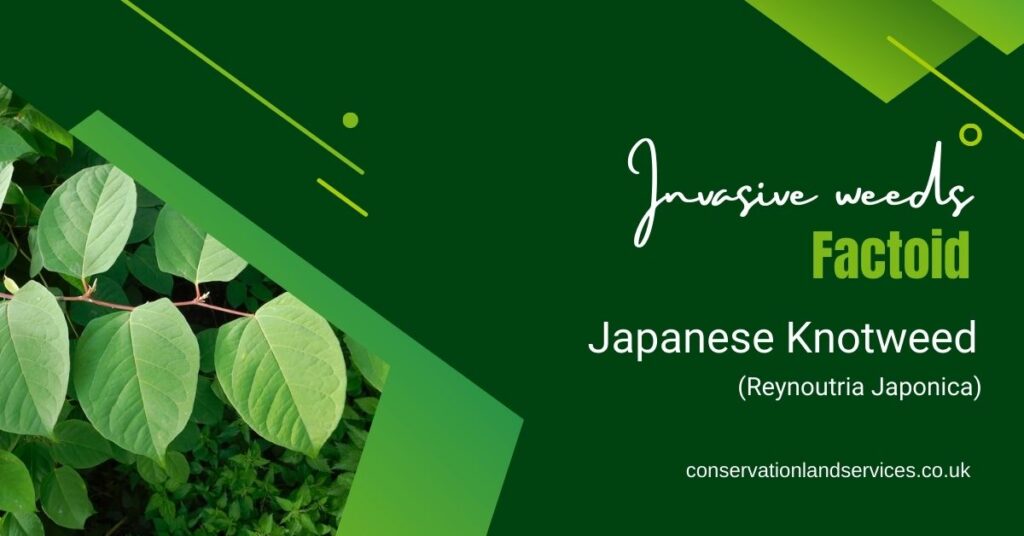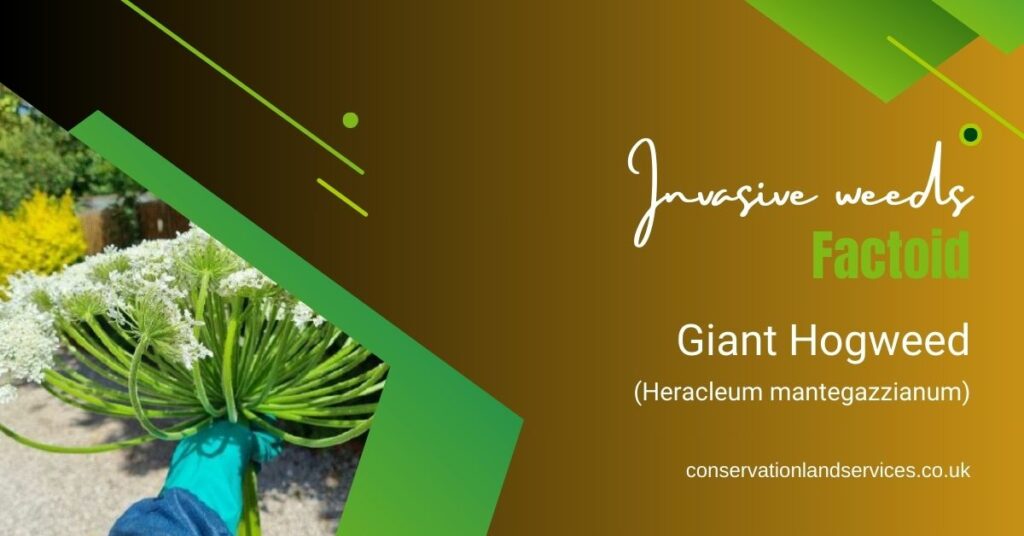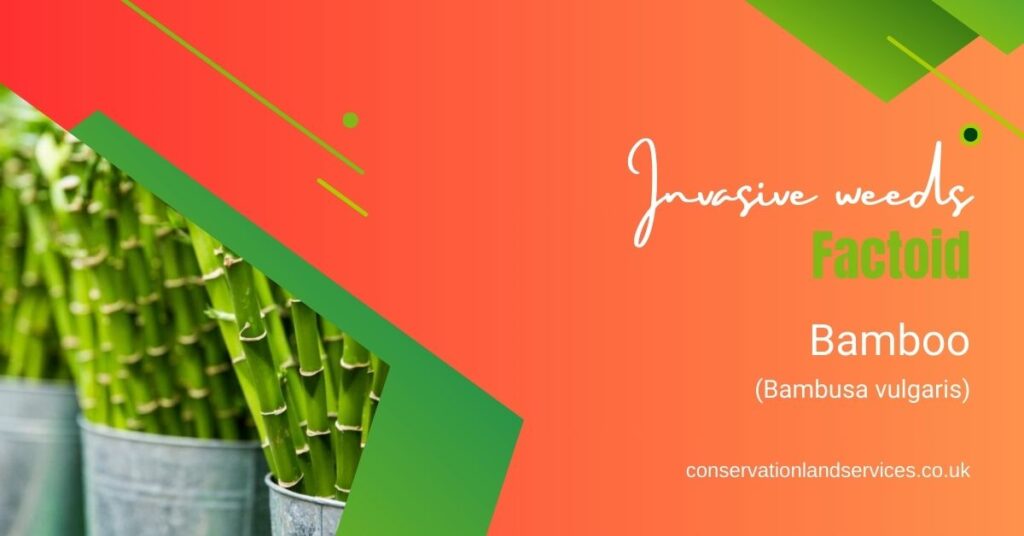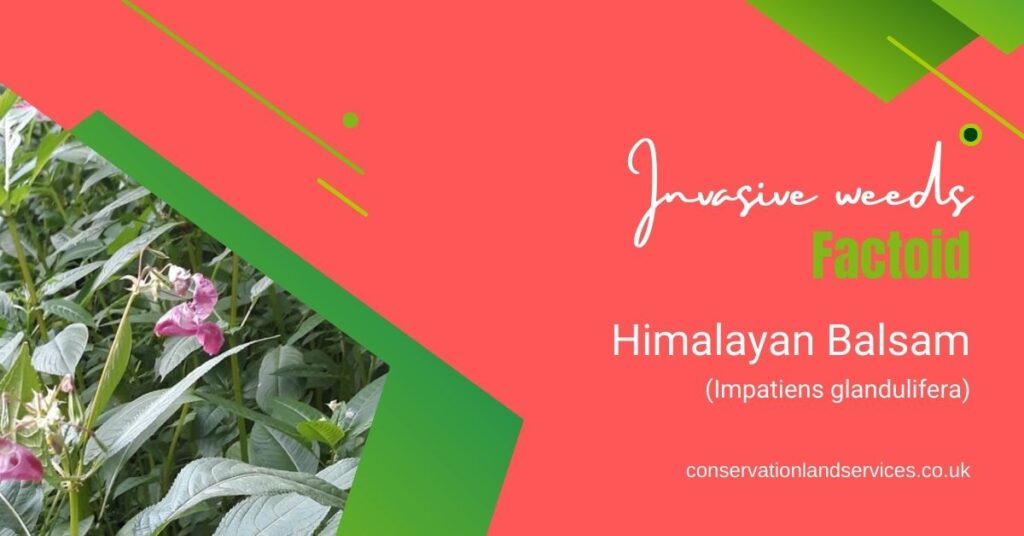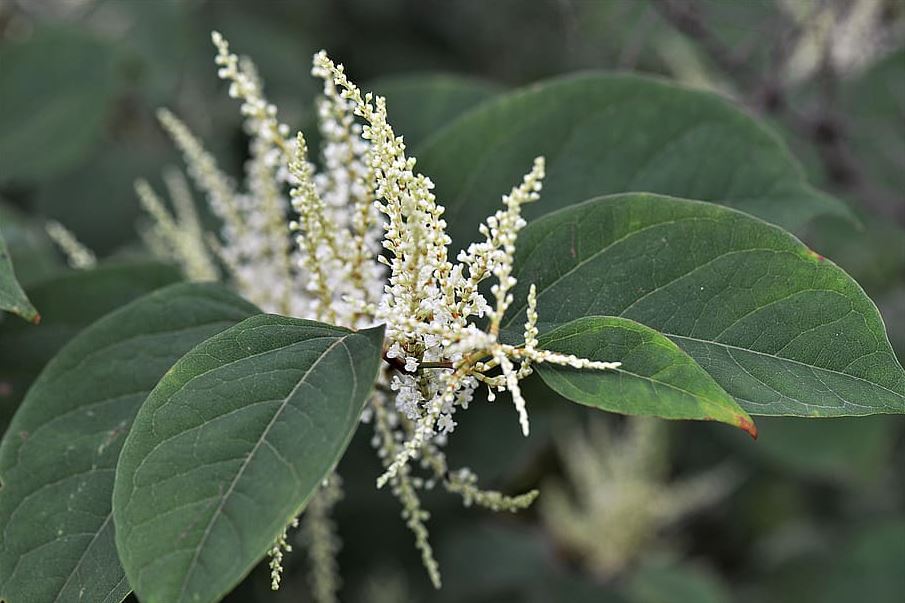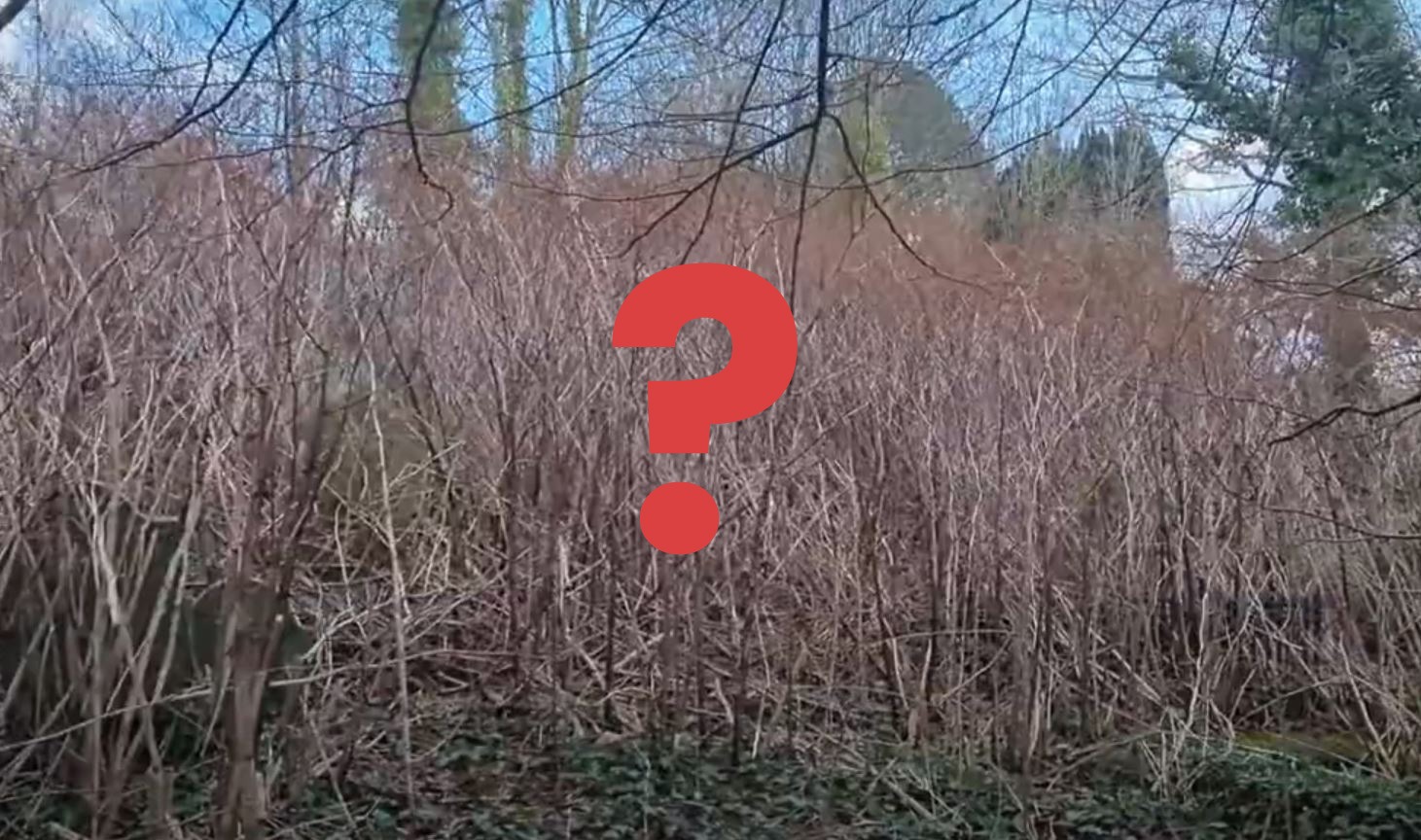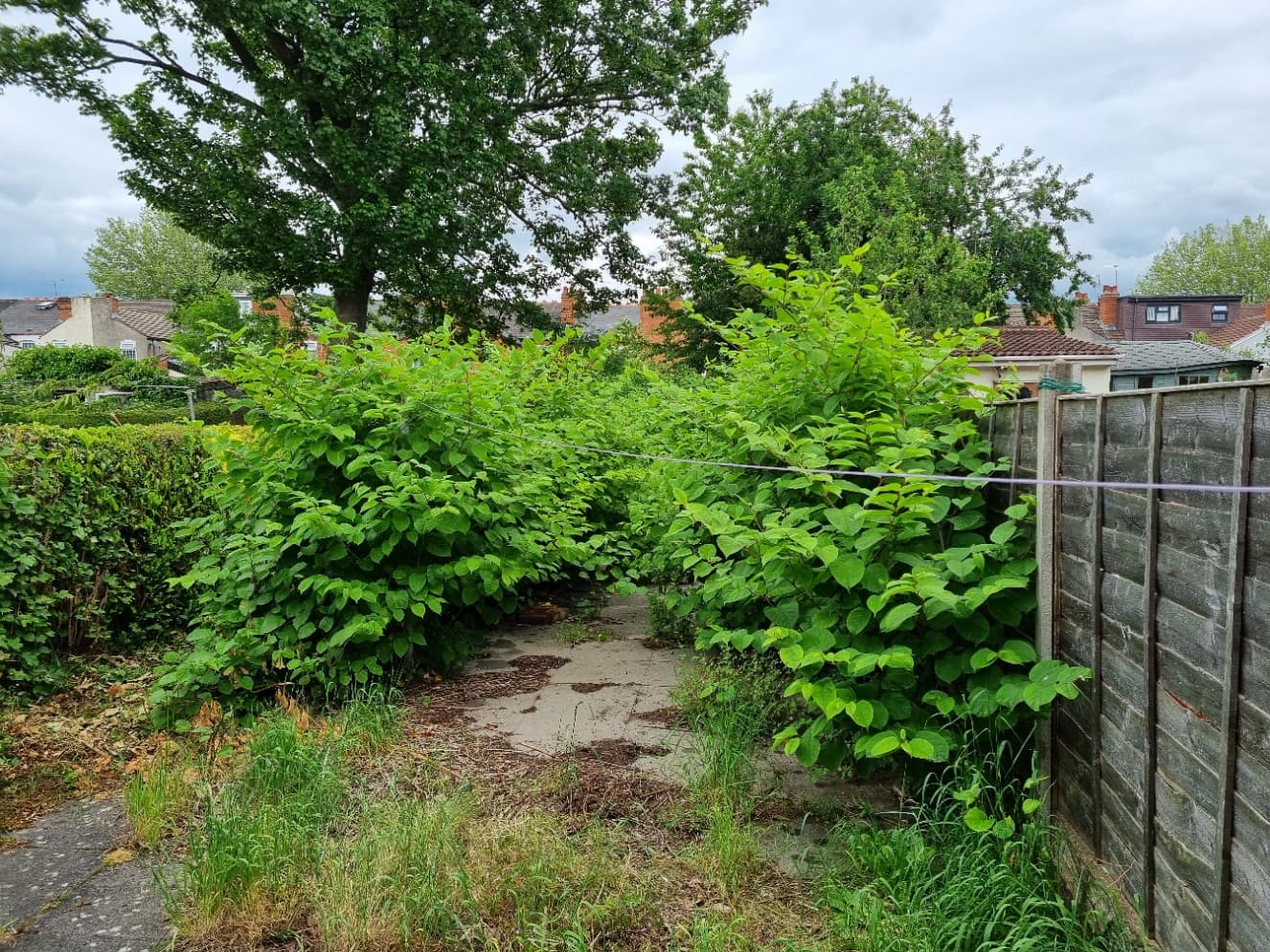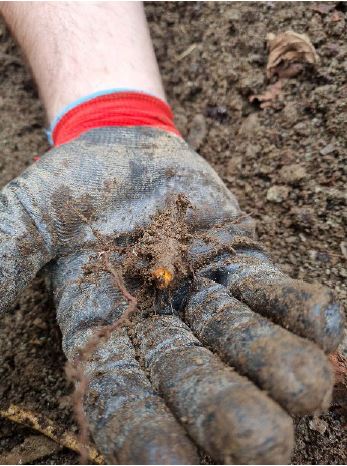Japanese knotweed (Reynoutria japonica) FAQs
Frequently asked questions about Japanese knotweed for a UK resident:
Commercial
Comprehensive invasive weed control
Residential
Find and tackle problem weeds
Knowledge Hub
Learn about conservation
Japanese Knotweed (Reynoutria japonica)
A highly invasive plant species that has caused headaches for homeowners and landscapers alike.
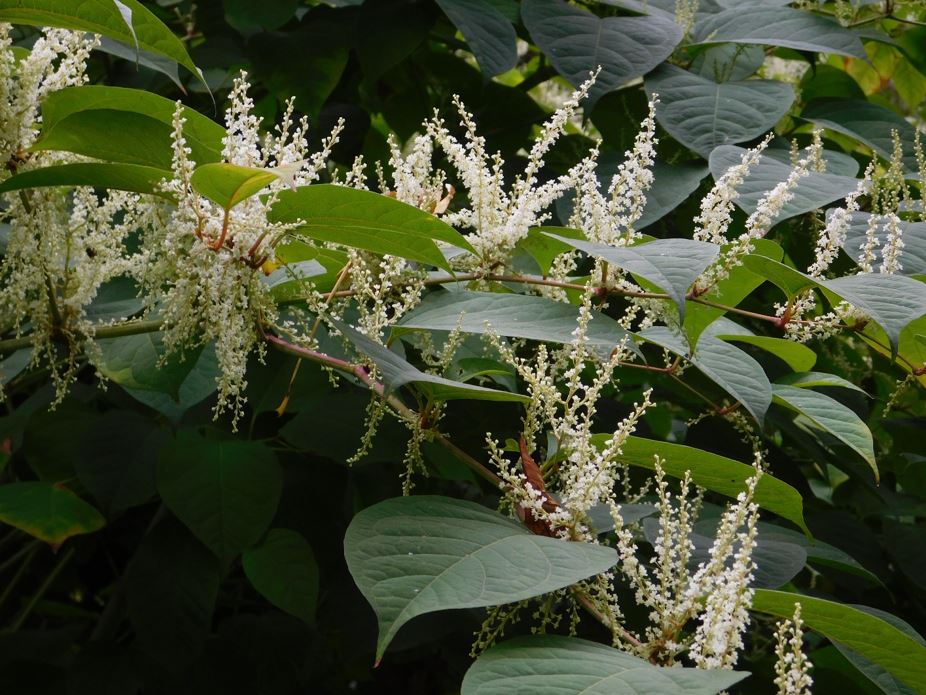
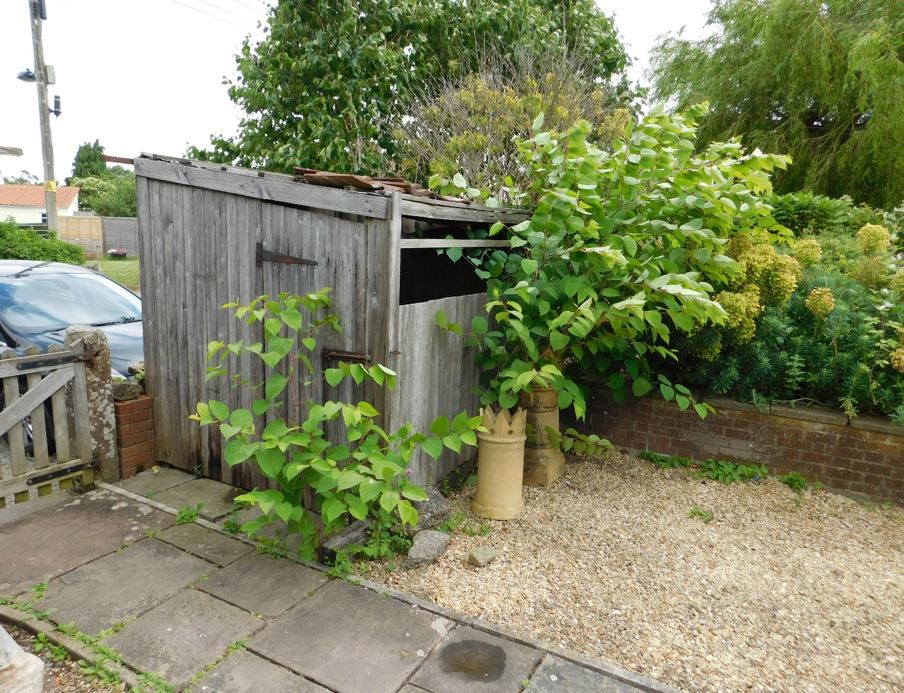
What does Japanese Knotweed look like?
Japanese knotweed has tall bamboo-like stems that can grow up to 2m plus tall. The leaves are heart or shovel-shaped and the flowers are small and creamy-white.
How does Japanese Knotweed spread?
It spreads rapidly through its rhizome network. It also spreads through live stem, crown and rhizome fragments that can regenerate into new plants.
How fast does Japanese Knotweed grow?
This is determined by where it is growing and the conditions of that season but, during the growing season it can grow up to 20cm per day. Its dense stands can reach over 2 metres tall during the growing season.
What kind of environment does Japanese Knotweed thrive in?
It can grow in most soil types and a wide range of conditions. It likes moist soil and sunlight but can tolerate shade, drought and high salinity.
Is Japanese Knotweed hard to get rid of?
Yes, it is persistent and difficult to fully eradicate. Its deep rhizome and root system is hard to fully remove and it can regrow from tiny fragments left behind. However, professional invasive weed companies, such as Conservation Land Services, who fully understand the physiology of Japanese Knotweed and the control options available, are able to easily provide effective control options for Japanese Knotweed.
Does Japanese Knotweed damage foundations?
If there is already an issue or weakness within a structure, actively growing mature Japanese Knotweed can make sue of this opportunity to continue growing past and through the structure, in its search for nutrients. This can then give rise to structural damage.
What is the impact of Japanese Knotweed on my property?
The presence of Japanese Knotweed on a property can lead to difficulties when selling, buying or refinancing a property. However, once an agreed Japanese Knotweed management plan is in place, this will often satisfy any concerns the mortgage company may have.
Is it illegal to grow Japanese Knotweed in the UK?
It is not illegal to have knotweed on your land, but you are legally required to prevent its spread beyond your boundary under the Wildlife and Countryside Act 1981.
Does Japanese Knotweed die back in winter?
Above ground growth dies back in winter, but the underground roots/rhizomes remain alive and will reshoot the next spring.
Is Japanese Knotweed toxic or dangerous?
It is not poisonous, but has the potential to quickly outcompete and outgrow all native flora, creating a monotypic (nothing else growing) environment, severely reducing the bio-diversity of an area and within residential settings, severely reducing the amenity value of a garden. Where there is already a weakness within a structure, the presence of Japanese Knotweed can present the possibility of further structural damage, if the Japanese Knotweed gains access through the already present weakness.
Featured Videos
Uncover the Secrets of Invasive Weeds
